1. Mussels Are Living Water Sensors
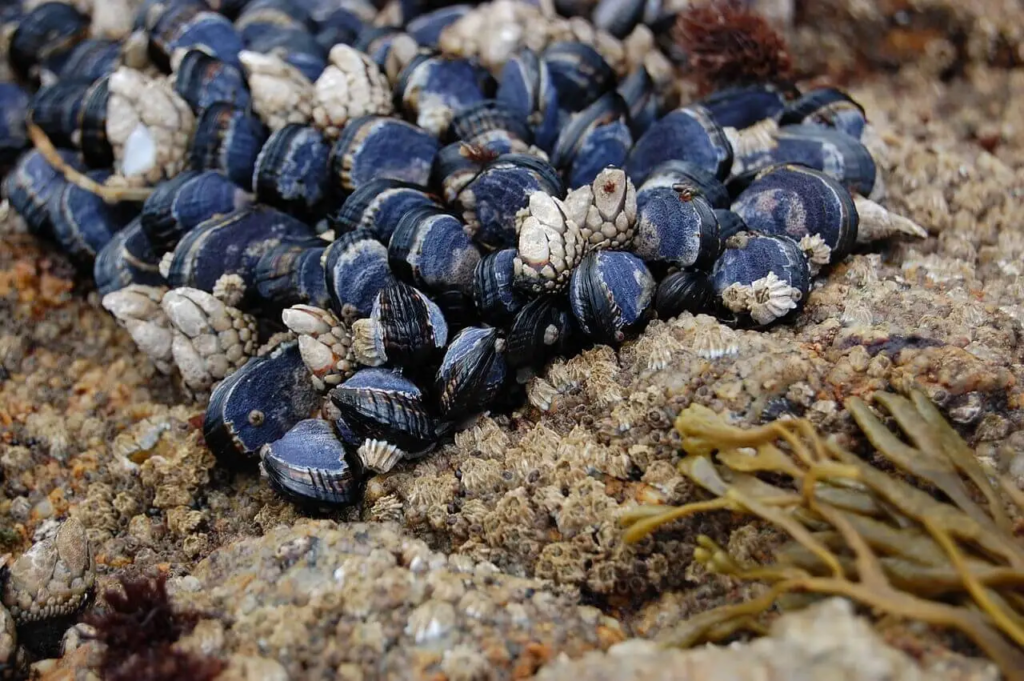
Mussels, specifically freshwater species, are increasingly being used as living water sensors in cities around the world. These shellfish have an incredible ability to filter large volumes of water every day, making them perfect for monitoring water quality. As mussels filter water, they absorb the surrounding environment, including any pollutants or chemicals that may be present. By examining the contents of a mussel’s tissues, scientists can determine the quality of the water, including the levels of heavy metals, toxins, and other contaminants. This method is much more cost-effective and environmentally friendly than traditional water sampling techniques. Mussels essentially “report” the water quality by accumulating contaminants in their tissues, providing real-time data about the water’s safety. This makes them invaluable in monitoring urban water supplies, especially in areas where rapid industrialization or pollution may be a concern. Their ability to filter vast amounts of water makes them efficient sensors that provide continuous, low-maintenance data. By using mussels as water monitors, cities can gain early warnings of potential pollution or environmental hazards, allowing them to take proactive measures to protect public health.
2. Clams Help Track Water Pollutants
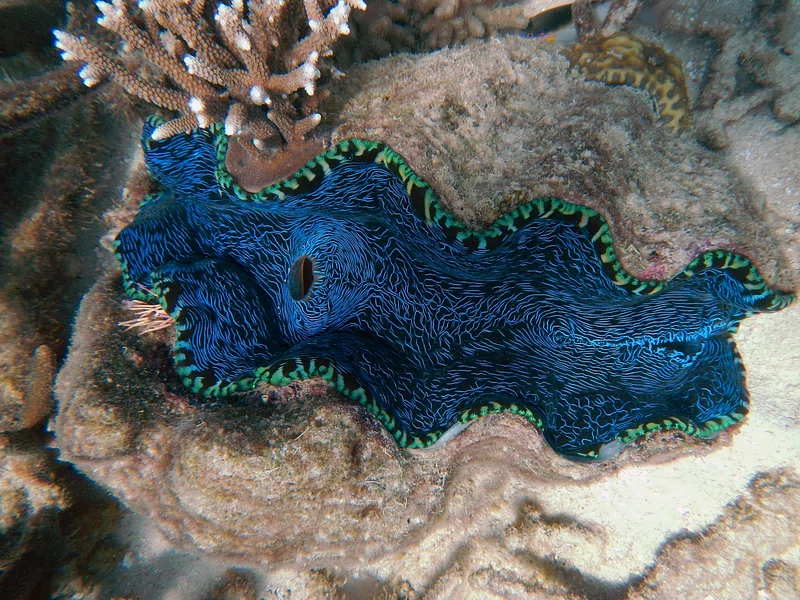
Just like mussels, clams are used by some cities to monitor the quality of their water supplies. These bivalves are filter feeders, meaning they ingest water and filter out particles, including plankton, algae, and organic matter. As they do this, they also accumulate pollutants that may be in the water, such as chemicals, metals, and pesticides. Clams are particularly useful for tracking the presence of contaminants that are often difficult to detect in water, such as endocrine-disrupting chemicals or pharmaceutical residues. In some cities, clams are placed in specific locations near water treatment plants, rivers, or lakes to monitor the health of the water supply. Scientists then analyze the clams’ tissues to check for any build-up of toxins, which can indicate a problem with water quality. This natural monitoring system provides cities with an efficient, low-cost way to assess their water without the need for extensive chemical testing. Clams’ ability to accumulate harmful substances in their bodies allows them to act as bioindicators, providing crucial data on environmental health. By using clams in this way, cities are able to monitor water quality over time and make adjustments to their water treatment processes if necessary.
3. Clams and Mussels Indicate Toxic Algae Blooms
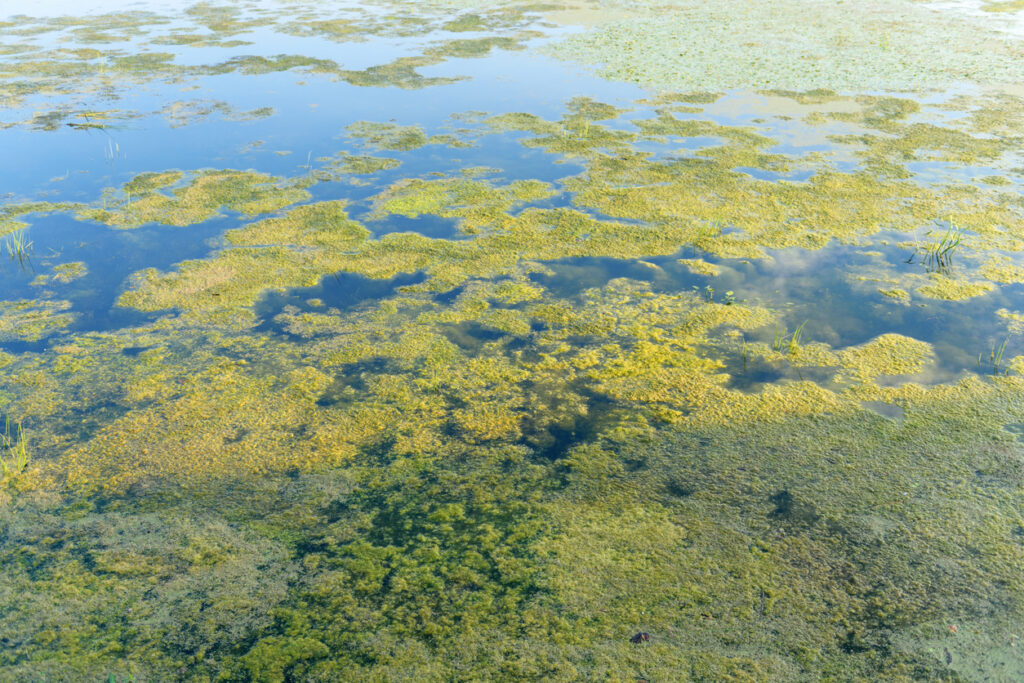
Mussels and clams are not only useful for detecting pollutants but also for tracking the presence of harmful algae blooms. These blooms, which are often caused by an excess of nutrients in the water, can produce toxins that are harmful to both humans and wildlife. Mussels and clams are sensitive to changes in water quality, and when a toxic algae bloom occurs, they may accumulate the toxins in their bodies. By testing the tissues of these shellfish, scientists can detect the presence of harmful algae toxins in real-time. This allows cities to monitor the health of their water supplies and take necessary precautions, such as issuing water warnings or closing recreational areas, before the toxins can spread. In areas where algae blooms are common, using clams and mussels as natural water monitors has become an important tool in keeping public water sources safe. These shellfish provide an early warning system for the presence of toxins, which can protect the health of both the environment and the people who rely on the water supply. Their role in detecting algae blooms is one of the many ways these simple creatures help ensure safe water for urban populations.
4. They Provide Long-Term Water Quality Data

Mussels and clams are particularly valuable for monitoring water quality over long periods. Unlike traditional water testing, which typically provides snapshots of water quality at specific times, mussels and clams can provide continuous data by accumulating pollutants over time. This allows scientists to detect trends in water quality that may not be immediately apparent through one-time testing. These animals are especially useful in monitoring areas where water quality may fluctuate due to seasonal changes, industrial activities, or runoff from heavy rainfall. The data collected from mussels and clams helps researchers understand long-term changes in water health, which is crucial for making informed decisions about water management. By using these bivalves to monitor water quality, cities can track pollution sources and assess whether treatment methods are effective over time. Their ability to gather and store data over weeks, months, or even years makes them invaluable in detecting persistent environmental changes that might otherwise go unnoticed. As such, these shellfish play a critical role in managing the sustainability of urban water supplies.
5. Mussels Can Detect Heavy Metal Contamination
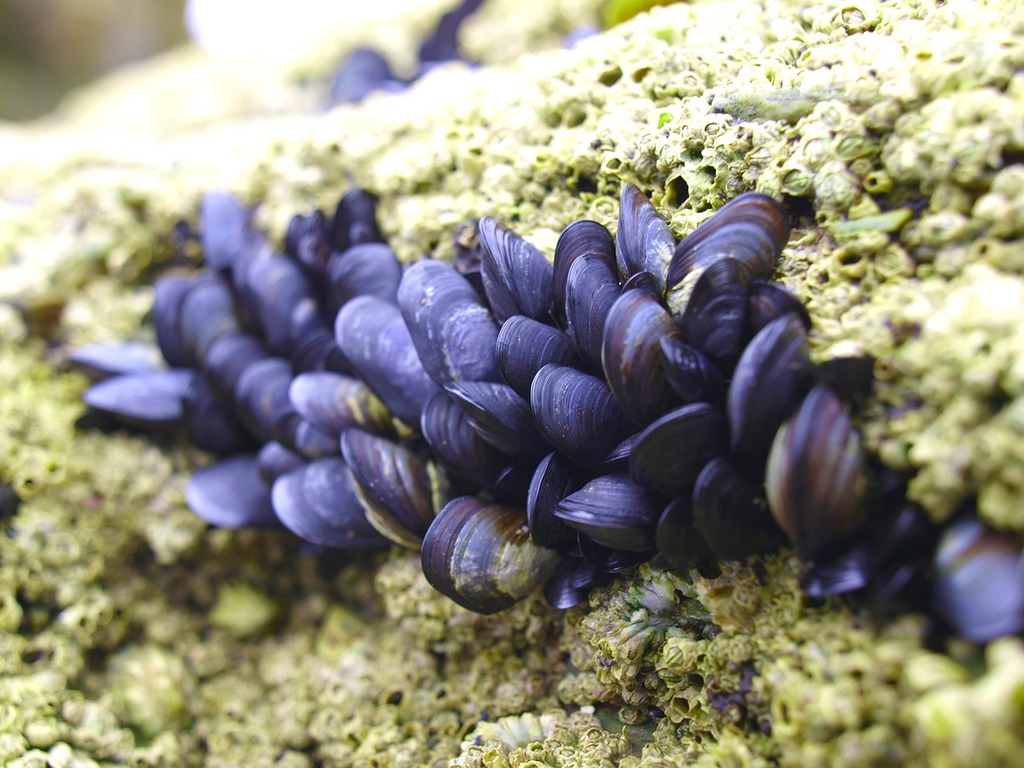
Heavy metals like lead, mercury, and cadmium are some of the most dangerous contaminants that can enter a water supply. Mussels, with their efficient filtering systems, can absorb and accumulate these metals in their tissues, making them ideal for detecting heavy metal contamination in water. By regularly testing mussels’ tissues, scientists can detect even trace amounts of these dangerous substances, which may not be easily detected by traditional water testing methods. In many cities, mussels are deployed in areas where industrial pollution is a concern, as they are capable of providing a clear indication of whether dangerous metals are present. The bioaccumulation of heavy metals in mussels can act as an early warning system, alerting city officials to potential contamination before it reaches dangerous levels. By monitoring mussels for heavy metals, cities can address pollution sources more effectively and take measures to prevent contamination from spreading further. Mussels’ ability to store heavy metals allows scientists to track pollution over time, helping to ensure the safety of the water supply for local communities.
6. Clams Help Monitor Chemical Runoff After Storms

Chemical runoff from agriculture and urban areas can pose a serious threat to water quality, especially after storms. Heavy rainfall can wash pesticides, fertilizers, and other chemicals into rivers, lakes, and other water sources, leading to contamination. Clams, which live on the bottom of water bodies, are highly effective at monitoring chemical runoff after storms. As filter feeders, they ingest the water around them, and any chemicals in the water are absorbed into their tissues. By analyzing the clams’ tissues after a storm, scientists can detect the presence of agricultural chemicals, sewage, and other pollutants that may have been washed into the water supply. This natural monitoring system provides cities with real-time data on the impact of rainfall and runoff on water quality, helping them take immediate action if necessary. By using clams to monitor runoff, cities can more effectively manage their water supplies and address any water contamination issues that arise after heavy rains. This method helps authorities identify pollution sources and take steps to minimize their impact on the environment.
7. They Are Part of Integrated Water Monitoring Programs
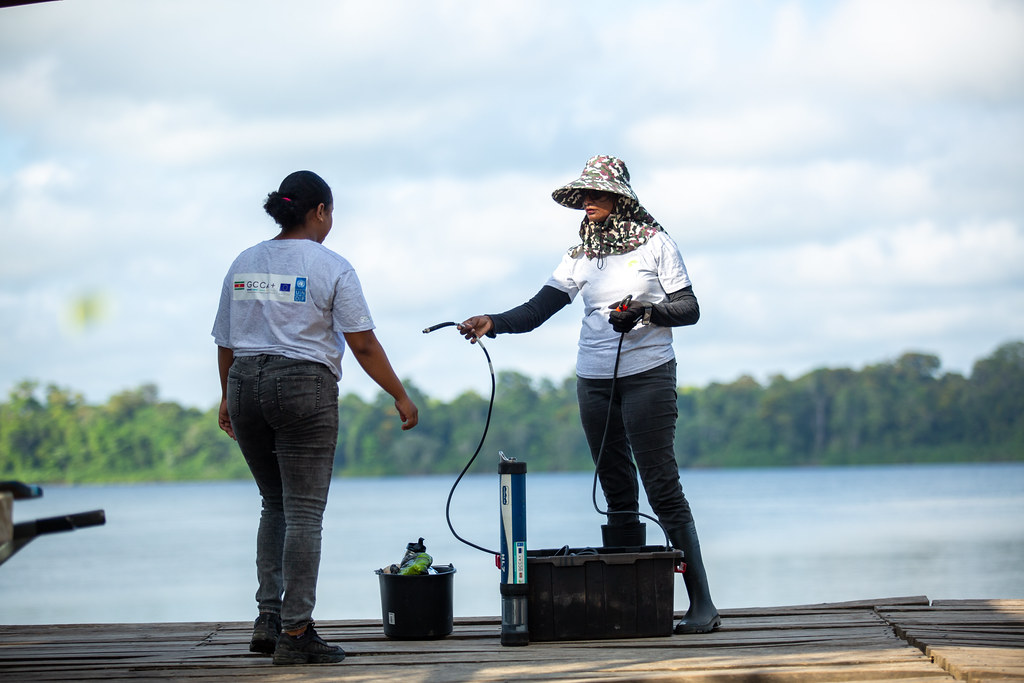
In many cities, mussels and clams are integrated into broader water quality monitoring programs that combine traditional methods with natural bioindicators. These programs use a combination of automated sensors, water samples, and shellfish-based monitoring to provide a comprehensive picture of water health. By using both technological tools and natural indicators, cities can ensure that their water supplies are being thoroughly tested for a wide range of potential contaminants. This integrated approach allows researchers to cross-check results from different methods, ensuring that no harmful substances are missed. The inclusion of mussels and clams in these programs helps cities stay ahead of potential water quality issues by providing continuous, real-time data. Additionally, because mussels and clams are relatively low-cost and require minimal maintenance, they are an efficient addition to any water quality monitoring system. The use of these natural bioindicators complements traditional monitoring techniques, making it easier for cities to identify problems before they become widespread.
8. They Monitor Temperature Changes in Water
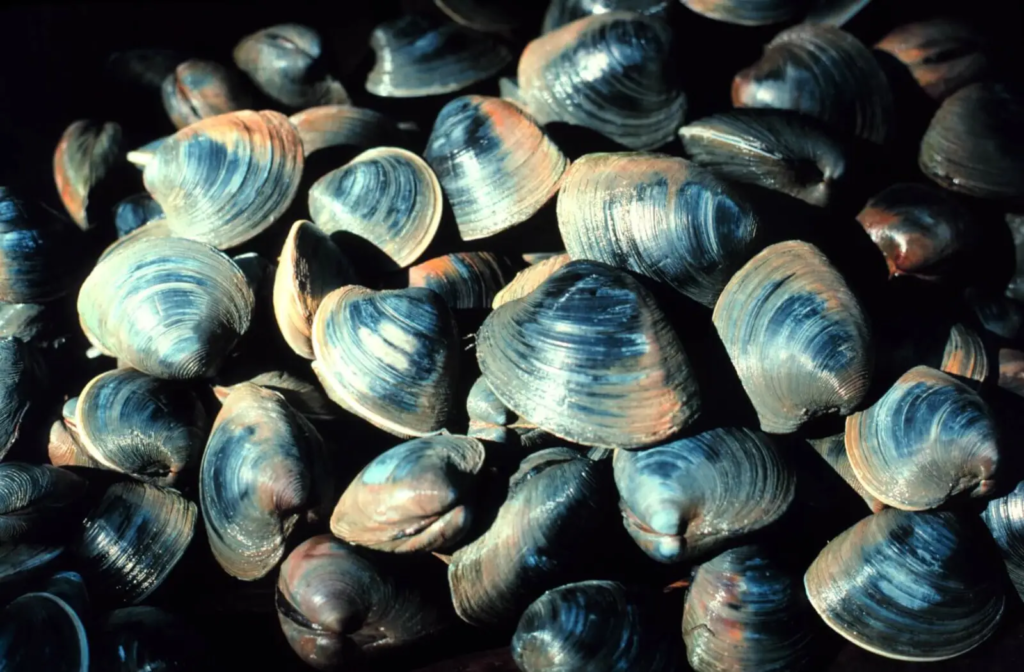
Mussels and clams are sensitive to temperature changes in their environment, and this sensitivity can also be used to monitor water temperature in real time. Temperature fluctuations can have a significant impact on water quality, as higher temperatures can promote the growth of harmful bacteria and algae. By tracking the behaviors and responses of mussels and clams to temperature changes, scientists can gauge the overall health of the water. When water temperatures rise, mussels and clams may become stressed or stop filtering, which can serve as an indicator that the water is reaching potentially harmful conditions. This natural response to temperature changes allows cities to monitor water health without relying solely on temperature sensors. Mussels and clams act as living barometers, giving researchers insight into how temperature shifts may affect water ecosystems. By using these shellfish as part of a temperature monitoring system, cities can make informed decisions about water treatment and management, ensuring the water remains safe and clean.
9. Mussels and Clams Help Detect Endocrine Disruptors
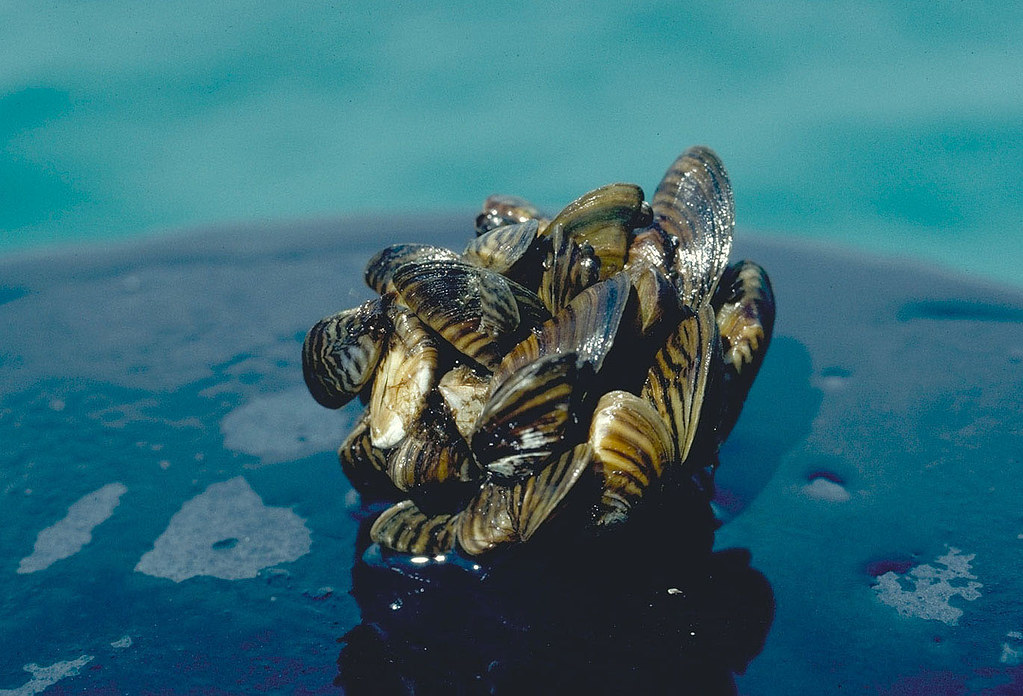
Endocrine-disrupting chemicals (EDCs) are substances that can interfere with the hormonal systems of animals and humans, leading to a variety of health issues. These chemicals can enter water supplies through industrial waste, agricultural runoff, or even household products. Mussels and clams are particularly useful for detecting these harmful substances because they accumulate pollutants in their tissues. By analyzing the tissues of these shellfish, scientists can detect the presence of endocrine-disrupting chemicals long before they affect the wider environment. These chemicals can cause reproductive and developmental problems in both aquatic life and humans, which is why early detection is critical. Mussels and clams act as bioindicators of waterborne endocrine disruptors, alerting cities to potential risks and helping authorities take action before these substances can cause significant harm. Monitoring shellfish in this way helps safeguard not only aquatic ecosystems but also the health of people who rely on the water supply for drinking and recreation.
10. Mussels Provide Real-Time Pollution Data
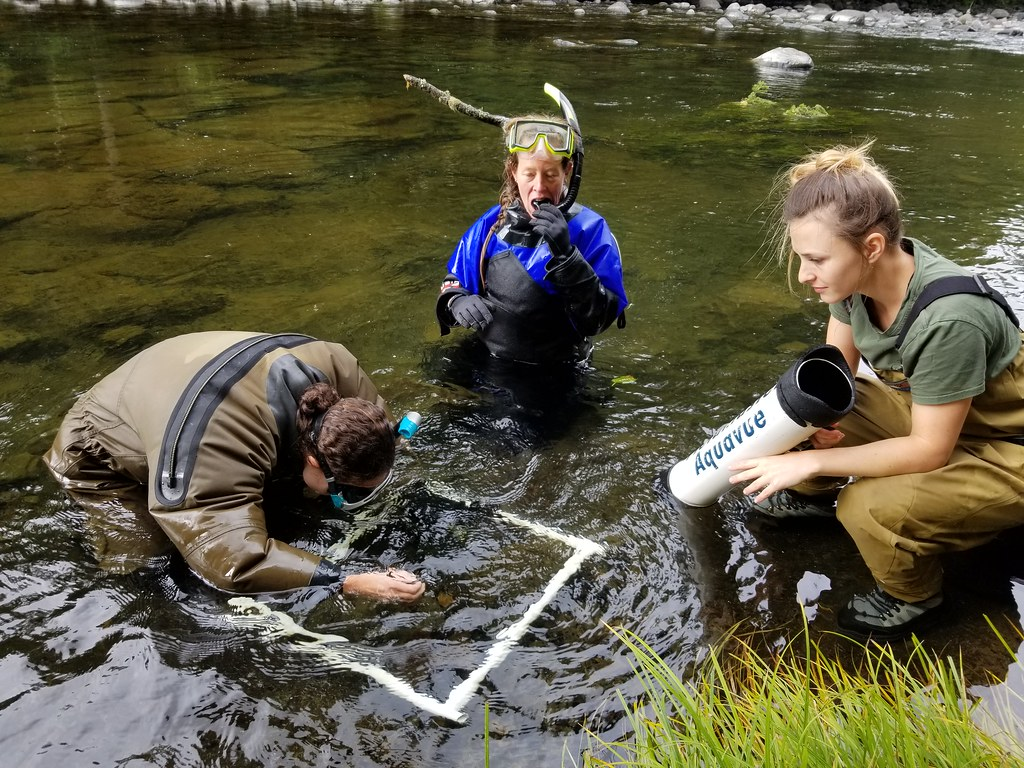
Mussels are highly effective at providing real-time data on pollution levels in water bodies. As filter feeders, they constantly ingest the surrounding water, which means they can provide ongoing information about the water’s health. Scientists can monitor the mussels’ tissues regularly to track fluctuations in pollution levels. This real-time data is crucial for cities that need to respond quickly to pollution events, such as chemical spills or sewage leaks. Mussels’ ability to accumulate pollutants over time makes them a valuable tool for monitoring long-term trends in water quality. By observing how the mussels’ toxin levels change, researchers can gauge the effectiveness of water treatment efforts and track the sources of contamination. Mussels help cities stay on top of water quality, ensuring that action is taken as soon as pollutants are detected. This continuous monitoring system offers an effective, sustainable way to protect water supplies.
11. Shellfish-Based Systems Are Cost-Effective
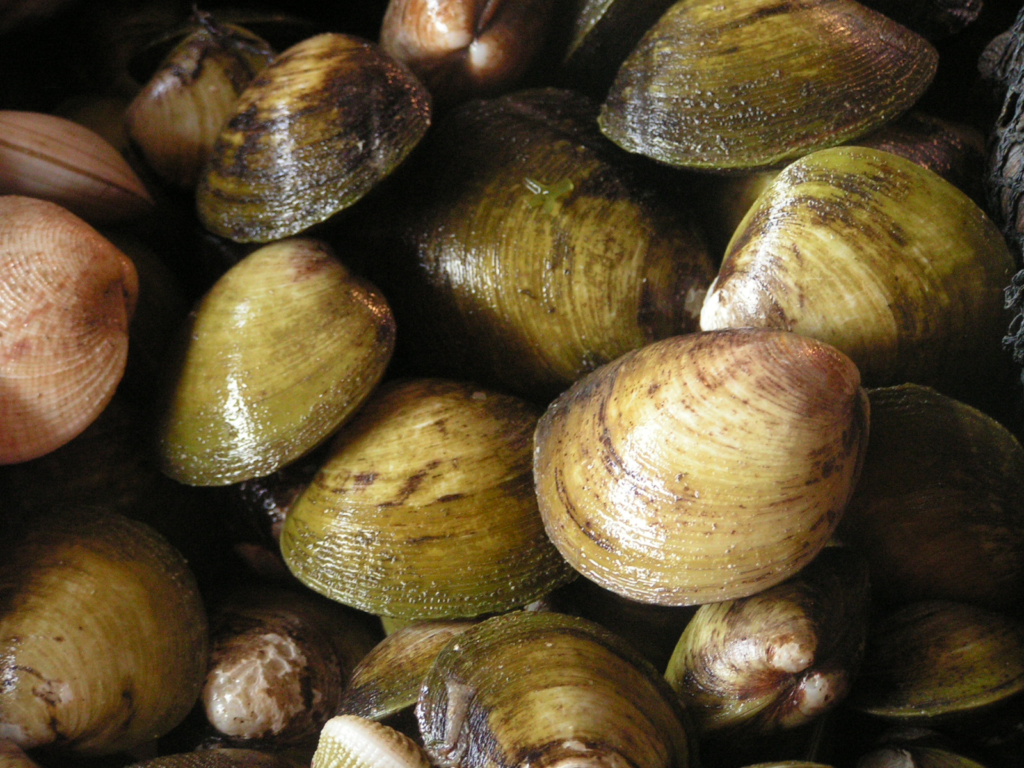
One of the main reasons why mussels and clams are used in water quality monitoring is that they are cost-effective. Traditional water testing methods, such as laboratory analysis of water samples, can be expensive and labor-intensive. In contrast, using mussels and clams as bioindicators is a relatively low-cost approach that can be deployed in many different environments. These shellfish require minimal maintenance and can be placed in water bodies where they naturally thrive, providing cities with an efficient, ongoing monitoring system. Once the shellfish have been exposed to the water for a certain period, scientists can simply analyze their tissues to gain a wealth of information about the water’s quality. This cost-effectiveness makes shellfish-based monitoring systems an attractive option for cities with limited resources or those looking for sustainable, long-term solutions. Using mussels and clams in this way is both a practical and eco-friendly alternative to more expensive methods of water monitoring.
12. Shellfish Monitoring Can Prevent Public Health Risks
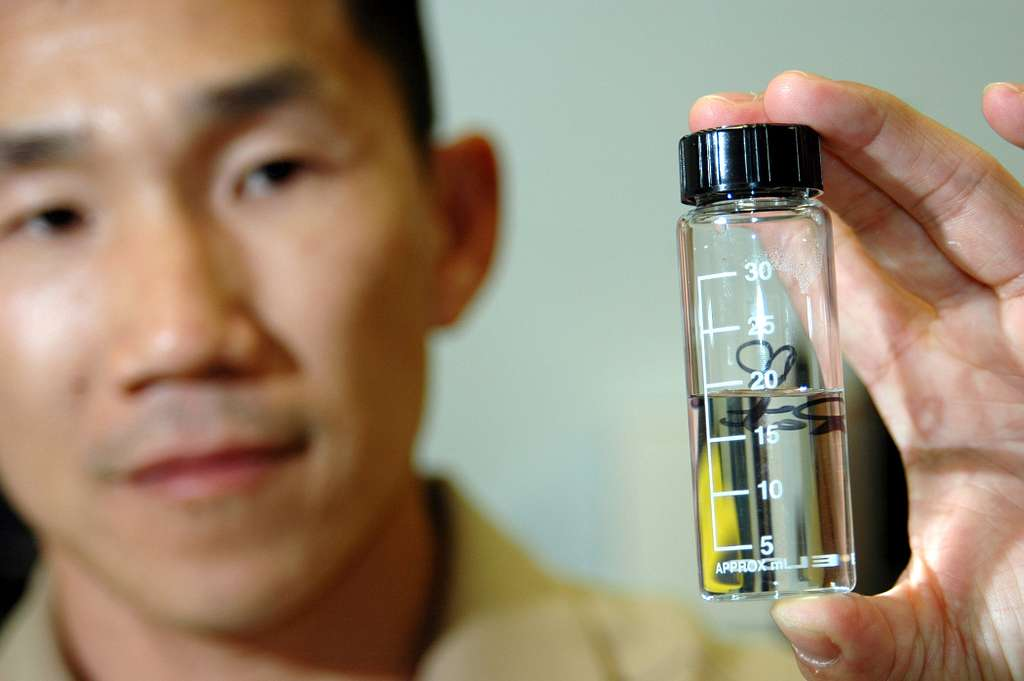
By using mussels and clams to monitor water quality, cities can identify potential risks to public health before they become widespread. Many harmful pollutants, like heavy metals, pesticides, and pharmaceutical residues, may be present in water at levels that are not immediately visible but could pose serious health risks. Mussels and clams act as an early warning system, helping authorities detect these pollutants before they reach harmful concentrations in drinking water. By regularly checking the shellfish for contaminants, cities can take proactive steps to prevent exposure to dangerous substances. For example, if high levels of toxins are detected in mussels or clams, authorities can issue water warnings or close recreational areas to protect the public. This approach helps cities prevent potential health crises and ensures that their water supplies remain safe for consumption. Using natural bioindicators in this way not only benefits the health of humans but also promotes environmental stewardship by reducing the reliance on chemical testing methods.
13. Shellfish Monitoring Enhances Environmental Conservation
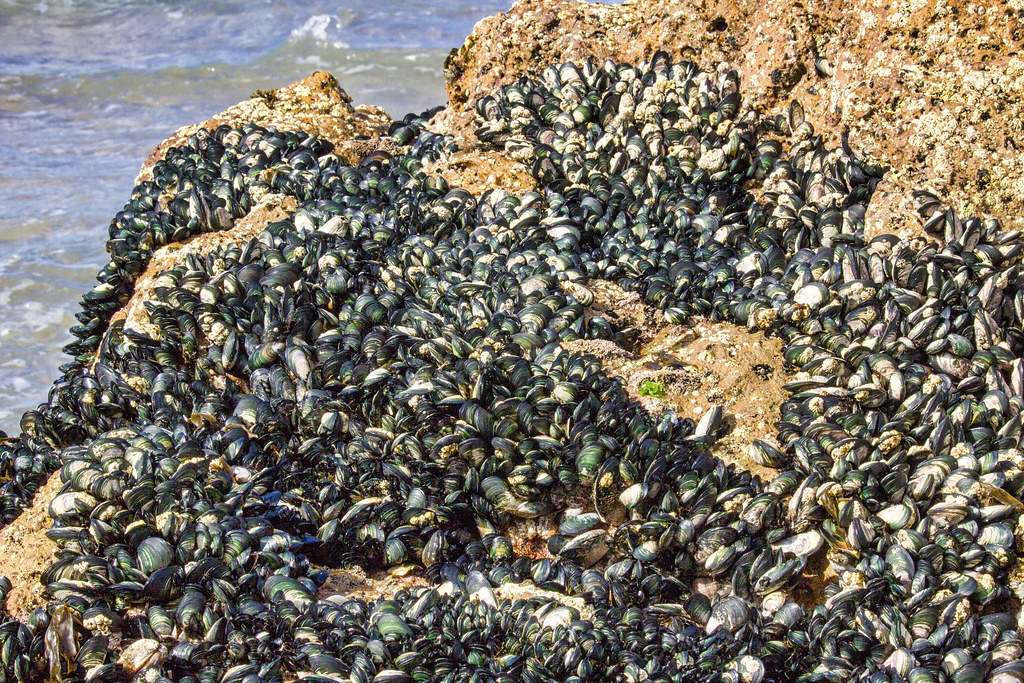
Using mussels and clams for water monitoring also helps enhance environmental conservation efforts. By providing accurate, real-time data on water quality, these shellfish help researchers understand the impact of pollution on local ecosystems. This information is vital for developing effective conservation strategies, especially in areas where water quality is directly tied to the health of aquatic life. Mussels and clams can reveal how pollutants affect biodiversity, fish populations, and the overall health of aquatic ecosystems. By using these creatures as bioindicators, conservationists can take action to protect vulnerable species and habitats before they are irreparably harmed. This proactive approach to environmental conservation helps ensure the sustainability of natural resources for future generations. By integrating mussel and clam-based monitoring into conservation programs, cities can make more informed decisions about how to protect and restore their water systems.


